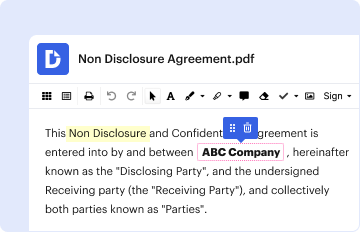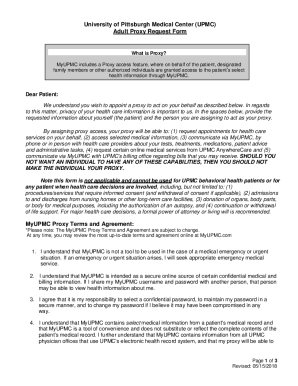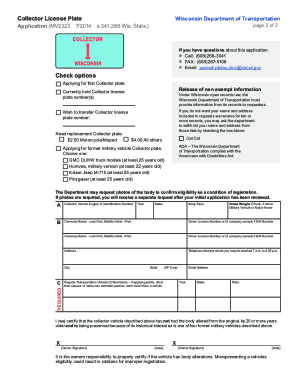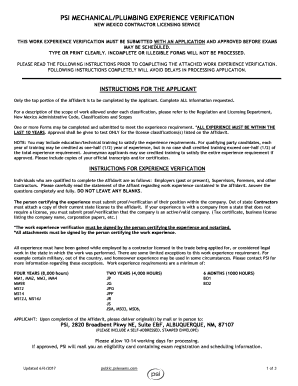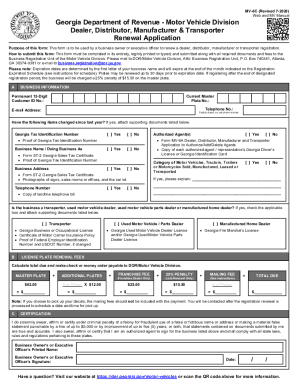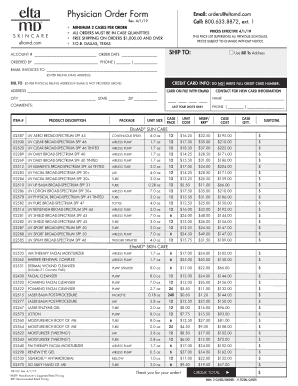Definition and Purpose of the Commercial Auto Broadening Endorsement
The Commercial Auto Broadening Endorsement is an addition to a commercial auto insurance policy designed to expand the coverage provided to business vehicles. It typically enhances the standard policy by including protections for additional insureds and broadening the scope of coverage to encompass a wider array of risks that may not be typically covered under a standard commercial auto policy. This endorsement is vital for businesses that often require additional assurance against potential liabilities arising from their vehicle operations.
Key elements include:
- Additional insured coverage: This allows entities such as landlords, lenders, or business partners to be added to the policy, which is useful in many contractual situations.
- Broader coverage for liability: The endorsement may cover situations where vehicles are used for non-owned vehicle operations, providing peace of mind.
- Flexibility: It allows businesses to modify their coverage based on specific operational needs.
By understanding the importance and function of this endorsement, businesses can better align their insurance needs with operational realities.
How to Use the Commercial Auto Broadening Endorsement
Utilizing the Commercial Auto Broadening Endorsement effectively requires comprehension of how it integrates with existing policy structures. Businesses should approach the endorsement with the following considerations:
-
Consultation with Insurance Agents:
- Engage with an insurance professional to assess the specific needs of the business.
- Determine which additional insureds or coverage limits are relevant based on the operations.
-
Policy Review:
- Analyze your current auto policy to identify gaps that the endorsement could fill.
- Clarify any complex terms or conditions associated with the endorsement.
-
Implementation:
- Once terms are agreed upon, ensure the endorsement is added formally to the policy.
- Verify coverage details to ensure they meet all operational risks adequately.
Effective implementation can help ensure that the business is adequately protected in various operational scenarios, particularly when involving third-party liabilities.
Steps to Complete the Commercial Auto Broadening Endorsement
Completing the Commercial Auto Broadening Endorsement involves several key steps that ensure the endorsement is tailored to a business's specific needs:
-
Gather Required Information:
- Compile information about all vehicles, drivers, and related businesses that will be included.
- Collect necessary details on those to be listed as additional insureds.
-
Determine Coverage Needs:
- Identify specific coverage extensions required for the business operations.
- Consider any unique risks associated with the industry that may not be covered under a standard policy.
-
Initiate Contact with Insurer:
- Reach out to your insurer or broker to express interest in the endorsement.
- Discuss options for coverage enhancements and negotiate terms accordingly.
-
Review Draft Documentation:
- Carefully read through the draft endorsement terms to ensure all needs are addressed.
- Make adjustments as needed, ensuring all parties involved understand their roles and liabilities.
-
Submit Required Documentation:
- Complete any required forms and provide them to the insurance provider.
- Ensure timely submission to avoid gaps in coverage.
Following these structured steps can aid businesses in securing appropriate coverage and minimizing potential liabilities during everyday operations.
Important Terms Related to the Commercial Auto Broadening Endorsement
Understanding the terminology associated with the Commercial Auto Broadening Endorsement is crucial for effective communication with insurance professionals. Here are essential terms:
- Additional Insured: A person or entity added to an insurance policy, providing them with coverage under the terms.
- Liability Coverage: Insurance that covers damages for which the insured is legally responsible.
- Exclusions: Specific situations or conditions not covered by the insurance policy.
- Limit of Liability: The maximum amount an insurer will pay for a covered loss.
- Subrogation: The right of an insurer to pursue a third party that caused a loss to the insured.
Understanding these key terms equips users with the knowledge needed to navigate insurance discussions, ensuring clarity in contract terms and coverage specifics.
Examples of Using the Commercial Auto Broadening Endorsement
Consider several scenarios that exemplify the use of the Commercial Auto Broadening Endorsement:
-
Construction Companies: A construction firm frequently hires subcontractors who need to drive company vehicles. Including these subcontractors as additional insureds helps to mitigate liability risks if an accident occurs while they use those vehicles.
-
Delivery Services: A delivery service uses third-party vehicles for transportation. The broadening endorsement can ensure coverage extends to these vehicles, reducing exposure to liability claims that could arise from their operation.
-
Event Organizers: Event planners often rent vehicles for transporting materials. By using this endorsement, they can cover rented vehicles under their existing policy, protecting against potential damage or accidents that occur during transit.
These examples demonstrate how this endorsement can provide tailored protections for various industries, catering to their unique operational requirements.

